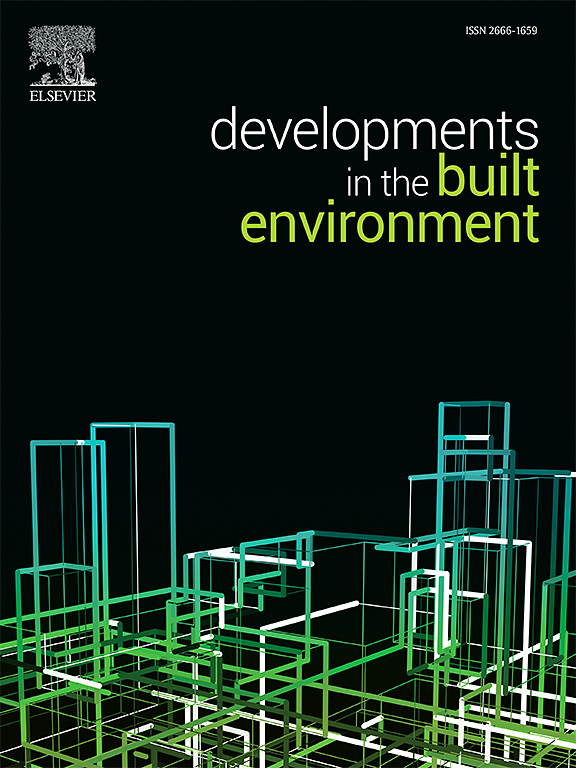Understanding imbibition in cementitious materials including C-S-H strain measurement and geometric restriction
IF 6.2
2区 工程技术
Q1 CONSTRUCTION & BUILDING TECHNOLOGY
引用次数: 0
Abstract
Cementitious materials show anomalous behaviour during capillary imbibition: a lack of linearity of the mass gain versus the square root of time. This is considered to be caused by the water retention in the calcium silicate (C-S-H) structure (and consequent swelling) during water ingress. However, the strain behaviour of C-S-H during imbibition has never been measured. Additionally, deformations in cementitious materials are not unconstrained “free” deformations, they are influenced by the restriction level provided by the sample. Restriction can be due to the mix composition (relative amount of the deforming phase, C-S-H, versus non-deforming reaction products and aggregates) or due to sample shape. To evaluate the strain behaviour of pure C-S-H during capillary imbibition, strains of compacted C-S-H samples were continuously measured during water ingress. To analyse the effect of sample shape, the imbibition of concrete samples with different geometries (rings and cylinders) was determined. Results show that C-S-H undergoes significant deformation during imbibition, demonstrating its ability to deform when in contact with water. Sample shape influences the matrix restriction and the water flow during primary imbibition (when capillary forces are dominant). However, such differences are small when compared with the larger impact that mix composition has. These results capture the complex interactions between water flow, pore structure, mix composition, and sample shape of cementitious materials during imbibition.
了解胶凝材料中的渗吸,包括C-S-H应变测量和几何限制
胶凝材料在毛细管吸胀期间表现出异常行为:质量增益与时间的平方根缺乏线性关系。这被认为是由于水进入硅酸钙(C-S-H)结构时水潴留(以及随之而来的膨胀)引起的。然而,C-S-H在渗吸过程中的应变行为从未被测量过。此外,胶凝材料中的变形不是无约束的“自由”变形,它们受到样品提供的约束水平的影响。限制可能是由于混合成分(变形相的相对数量,C-S-H,相对于非变形反应产物和聚集体)或由于样品形状。为了评估纯C-S-H在毛细吸胀过程中的应变行为,连续测量了压实的C-S-H样品在进水过程中的应变。为了分析试样形状对吸胀的影响,对不同几何形状(圆环和圆柱)的混凝土试样进行了吸胀测试。结果表明,C-S-H在渗吸过程中发生了明显的变形,表明其与水接触时具有变形能力。在初次吸胀过程中(毛细力占主导地位时),样品形状影响基质限制和水流。然而,与混合成分的更大影响相比,这种差异是很小的。这些结果捕捉到了在渗吸过程中,水流、孔隙结构、混合成分和胶凝材料样品形状之间复杂的相互作用。
本文章由计算机程序翻译,如有差异,请以英文原文为准。
求助全文
约1分钟内获得全文
求助全文
来源期刊

Developments in the Built Environment
Multiple-
CiteScore
7.40
自引率
1.20%
发文量
31
审稿时长
22 days
期刊介绍:
Developments in the Built Environment (DIBE) is a recently established peer-reviewed gold open access journal, ensuring that all accepted articles are permanently and freely accessible. Focused on civil engineering and the built environment, DIBE publishes original papers and short communications. Encompassing topics such as construction materials and building sustainability, the journal adopts a holistic approach with the aim of benefiting the community.
 求助内容:
求助内容: 应助结果提醒方式:
应助结果提醒方式:


